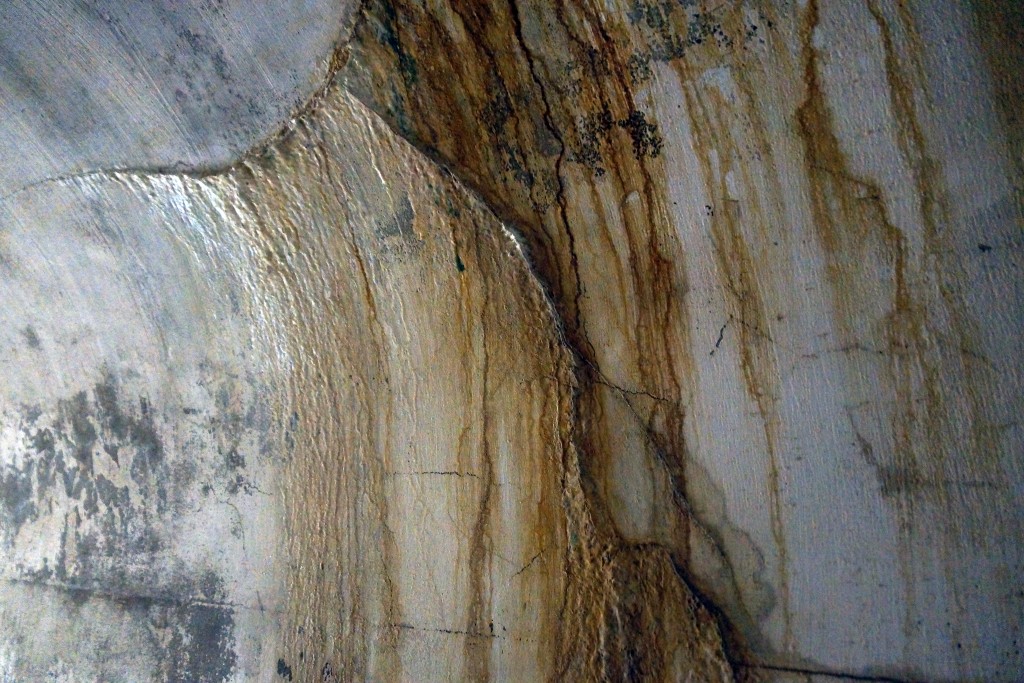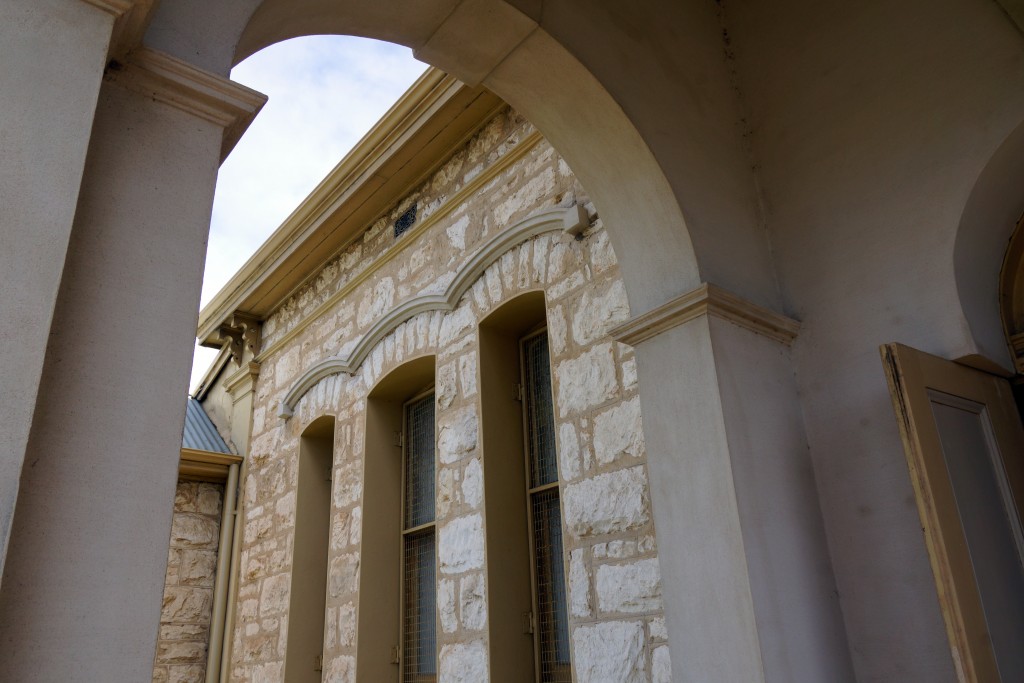Limestone is a beautiful, natural stone that has been used by humans for thousands of years, not only as a building block, but as mortar holding the blocks together, as well as for agriculture and crop fertilisation.
Lime mortar has been discovered in ancient Turkish terrazzo floors, dating back some 10,000 to 12,000 years !!! It is also present in floors of early Western Asian neolithic buildings c 8,000 – 9,000 BC, ancient Egyptian Pyramids, Roman and Mayan cities, Greek and Persian monuments, portions of the ‘Great Wall of China’ – just to name a few – indicating its use has been spread across the northern hemisphere of the world for a very, very long time . . .
The preservation of many of these ancient monuments are, however, now threatened by ‘acid rains’ which are literally causing them to dissolve !
.
The Formation of Limestone
Limestone is basically defined as a sedimentary rock which contains at least 50% calcite (calcium carbonate CaCO3) which, incidentally, can be easily identified when a few drops of dilute hydrochloric acid (HCl) causes it to ‘fizz’.
Essentially, the following main varieties of limestone are formed via varying natural processes occurring over thousands of years:
– Chemical or Inorganic Limestone
precipitated from water
– Biochemical Limestone
formed from secretions of marine organisms such as algae and coral
– Bioclastic Limestone
formed from the shells of dead sea creatures, often contains fossils
– Clastic Limestone
formed by the cementing of sand & / or mud by calcite which often looks similar to sandstone or mudstone
.
As Limestone Dissolves . . .

Limestone seeping through cracks in an old Concrete Bunker – Fort Pearce c 1911 – Point Nepean National Park, VIC
Simply put, as much as limestone can be formed by the right mix of natural conditions over extensive periods of time, so can it be dissolved. Water of the right temperature, low pH (acidic), and suitable concentrations of chemicals and charge (ions) will dissolve the limestone forming coatings over rock faces, filling fractures in the rock, and forming stunning limestone caves of stalactites and stalagmites.
Stalactites (hanging from the ceiling) and stalagmites (growing upwards from the floor) are formed when drops of water containing dissolved limestone leak through cave ceilings and evaporate – each leaving behind a tiny amount of calcium carbonate – eventually creating a stalactite. Conversely, should these drops fall to the floor and evaporate, a stalagmite will grow, extending upwards.
The water soluble property of limestone leads to the erosion of landscapes and, as is becoming more apparent of late, can result in underground erosion resulting in ‘sink holes’. One theory explaining the sudden increase in the occurrence of sink holes is that the extensive buildings and pavements of human cities block the natural seeping of water through the ground, concentrating the movement of water. Rather than water gently entering the ground over a vast area, the water is concentrated – rapidly flowing over roads, courtyards and paths, off roofs into gutters . . . The increased momentum of flow causes the water to gush through fissures in the rock, eroding and ultimately resulting in underground caverns. When the ‘roof’ of the cavern suddenly gives way – a sink hole is formed . . .
.
Lime Mortars & Renders

A reconstructed Limeburners’ Kiln bordered by a ‘Drooping She-Oak’ once used to fire the kilns – Rye, VIC
Lime is the traditional and ancient material used to bind masonry. It was, and still is, also used to ‘Limewash’ buildings, as renders and coatings.
Lime is produced by heating limestone to produce the end product known as ‘quicklime’. Depending on the kind of limestone used, it is classified according to its ability to set under water – either Non-Hydraulic or Hydraulic.
Non Hydraulic Lime cannot set under water. It sets upon exposure to air, by the process of carbonation. It has a much slower set time, however offers a softer and more breathable result.
Hydraulic Lime is set by the process of hydrolysis, i.e. a reaction with water which means it can set under water. It is produced by burning limestone containing a proportion of silica and other trace elements. It is the silica and trace elements that when burnt, become reactive with water thus causing the initial ‘hydraulic’ set. The setting time of hydraulic lime is faster and it sets harder than non hydraulic lime. The initial set when water is added, is followed by a continued hardening process – as it absorbs carbon dioxide. The result is a stronger, however less breathable and less flexible product.
Variations . . .
Hydrated Lime simply means that a controlled amount of water is added to quicklime to make a powder that is more stable and safe to handle. Both hydraulic and non-hydraulic limes can be hydrated.
Lime Putty can be made from both hydraulic and non hydraulic lime, and is made by adding an excess of water to quicklime. Hydraulic lime putty is generally impracticable as it will set within hours or days, whereas non-hydraulic lime putty will remain supple, actually improving with age – maturing to a smooth, workable putty – setting only once exposed to air via the re-carbonation process . . .
.
Some Other Uses for Limestone
![]() Food supplements – as a source of Calcium
Food supplements – as a source of Calcium
![]() To remineralise & increase the alkalinity of purified water – preventing pipe corrosion, increasing nutrients
To remineralise & increase the alkalinity of purified water – preventing pipe corrosion, increasing nutrients
![]() As an additive to paper, plastics, paint, tiles, and other materials – both as a whitening pigment and a cheap filler
As an additive to paper, plastics, paint, tiles, and other materials – both as a whitening pigment and a cheap filler

